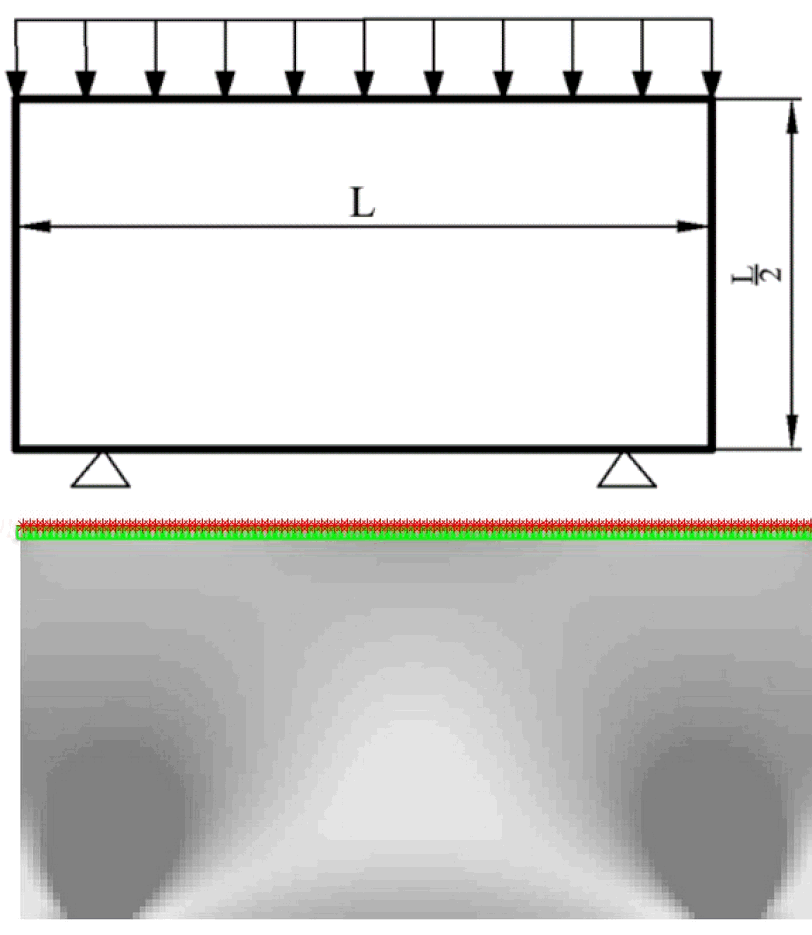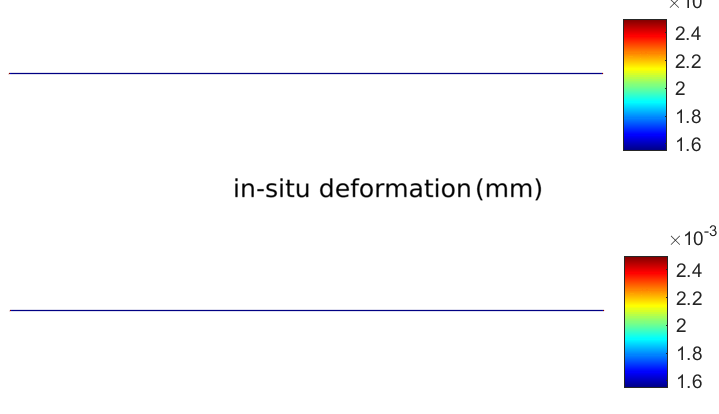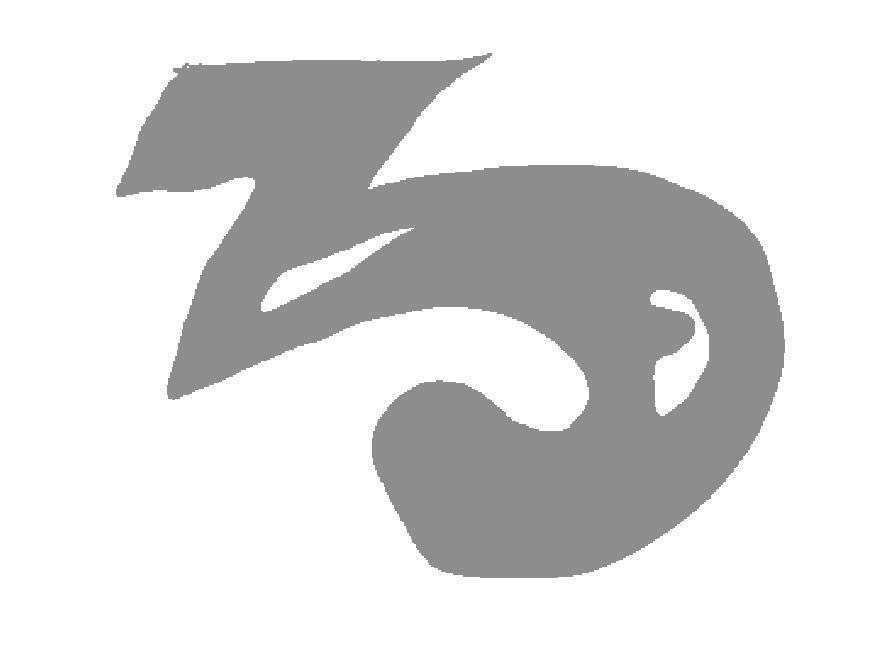1. TOPOLOGY OPTIMIZATION


Figure 1: Topology optimization of a liquid-cooled heat sink showing the optimized fluid channels and normalized temperature distribution. Primal solver – Comsol, Adjoint solver - custom code, Optimizer - MMA
Figure 2: Topology optimization of a structure under externally loaded design-dependent pressure loads using the BILE model implemented using a custom Matlab code.
Topology optimization provides the best structural configuration of a design for an objective subject to one or more constraints. To generate structurally optimal designs for additive or advanced manufacturing, we are developing new multiphysics and multiobjective methodologies and leveraging existing strategies. These methodologies can be applied to a range of applications from simple aerospace and automotive brackets to complicated heat exchangers and orthopedic implants.
2. ADDITIVE MANUFACTURING PROCESS MODELING AND CONSTRAINTS
To ensure a design is manufacturable, modeling the process is pertinent to first investigate the response of the structure during and after printing (deformation, residual stress). Beyond this, the process responses can be captured within the structural design methodology to mitigate severe manufacturing defects during and after production.
Considering this, we are focused on developing fast small- and large-scale process models to predict deformation and residual stress profiles and integrate the process mechanism within topology optimization to ensure the design conforms to the manufacturing process.

Figure 3: AM process simulation using the inherent strain model to predict deformation of two MBB beams (without overhang elimination – top figure, with overhang elimination – bottom figure). Implemented using a custom Matlab code

Figure 4: Numerical (a,c) and experimental (b,d) deformation modes of two MBB beam samples – without overhang elimination (a,b), with overhang elimination (c,d). Numerical solutions were implemented in Solidworks.
3.LATTICE AND POROUS STRUCTURES
With the advances in additive manufacturing technologies to produce structurally complex yet functional features, lattice/porous/infill structures have become a viable means for design applications that cover lightweighting, composities/meta-materials, bone scaffolds, implants, impact absorbers etc.
They possess great strength-to-volume ratios for rigid applications and high surface areas (triply periodic minimal surfaces or TPMS) for heat transfer applications. Depending on the application, we design structures using periodically or randomly distributed lattice cells or through novel infill-based topology optimization approaches.

Figure 5: A shell-porous lattice bracket with 45% volume reduction and 25% increase in max. von Mises stress compared to its solid counterpart. Both models were developed in nTopology.




Figure 6: The image-based initialization and post-processing (IbIPP) framework for topology optimization developed in Matlab.

Figure 7: Arbitrary design domain parallel computing framework for topology optimization (TopADD) developed in C++.
4. SOFTWARE DEVELOPMENT
A key objective in the multifunctional structural design and additive manufacturing lab is the development of software tools (mainly open source) that can aid teaching and research.
Our goal is to make several nascent design techniques available to researchers, teachers, engineers, and designers to ensure the diffusion of knowledge and obtain feedback for technology enhancement.
These software tools will cover topology optimization, fast AM process models, implicit modeling, and design decisions. Check here for the GitHub repositories of our available software.
5. ARTIFICIAL INTELLIGENCE-ASSISTED DESIGN
Convolutional Neural and Generative Adversarial Networks (CNN and GANs) have been investigated to upscale the use of topology optimization. While there is room for improvement in that area, we aim to develop process data-driven surrogate AI models in topology optimization.
Deep learning models (e.g., CNN, GANs) will be employed to resolve classical topology optimization problems, and to predict process-based responses (e.g., hot and cold spots based on data from photodiode or optical tomography signals) to be tied back to topology optimization.
